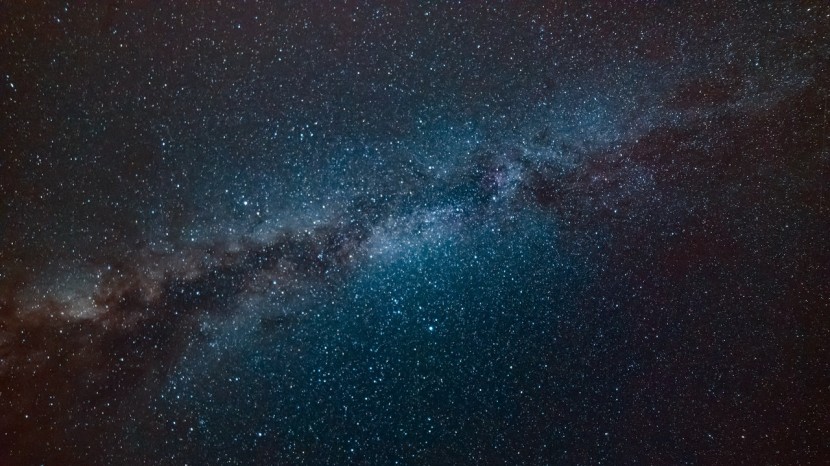
NASA's Voyager 1 and 2 spacecraft are set to be decommissioned after 44 years in service as the power supplies of both are starting to decay beyond what is capable of keeping them functional in outer space.
Some experts estimate that the earliest the spacecraft could power down would be 2025 while others have more hopeful estimations. The two man-made objects have traveled farther from Earth than any other as they enter their very final phases.
Decommissioning of Voyager Spacecraft
The two spacecraft were launched from Cape Canaveral in 1977, with Voyager 2 actually being the first to take off. The two took advantage of a rare alignment of Jupiter, Saturn, Uranus, and Neptune, which occurs once every 176 years, to shoot into interstellar space.
Scientists designed the two Voyagers to last five years and were tasked with studying Jupiter and Saturn. However, in a fortunate turn of events, both spacecraft are still functioning despite escaping beyond the hot plasma bubble known as the heliopause that defines the beginning of the edge of our solar system, as per Sky News.
NASA physicist Ralph McNutt said in an interview with the magazine Scientific American that the agency was powering down the probes after 44 and a half years of service, which is nearly 10 times their warranty. The two spacecraft are powered by radioisotope thermoelectric generators (RTGs).
These are powered by the heat from decaying spheres of plutonium, although the output of these RTGs is decreasing by about four watts every year. This continuous loss of power means that instruments are being turned off one by one due to the limited amount of energy resources.
According to The Sun, since their launch, the two Voyager spacecraft have traveled a remarkable 14.46 billion miles from our planet. NASA has been eliminating features to keep the machines operating until the estimated time of decommissioning.
In a post on its Voyager webpage, NASA said that because of the diminishing electrical power, the Voyager team was forced to prioritize which instruments to keep on. They said that heaters and other spacecraft systems have also been turned off one by one as part of power management.
Man-Made Marvels
The Voyager team, after careful assessment, has chosen to keep operating the instruments that are "most likely to send back key data about the heliosphere and interstellar space." Linda Spilker, who started working on the Voyager missions before they were launched, said that if everything went smoothly, the mission could be extended into the 2030s.
During their mission, the Voyager spacecraft gave astonished researchers the first close-up views of the moons of Jupiter and Saturn. They revealed the existence of active volcanoes and fissured ice fields on worlds astronomers had thought would be as inert and crater-pocked as our own moon.
In 1986, Voyager 2 also became the first spacecraft to fly past Uranus and three years later, it passed Neptune. So far, it is the only spacecraft to have made such a long and arduous journey in the vast expanse of space, Scientific American reported.
© 2025 HNGN, All rights reserved. Do not reproduce without permission.








